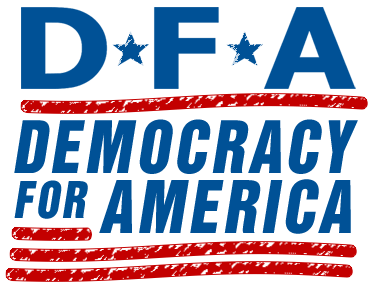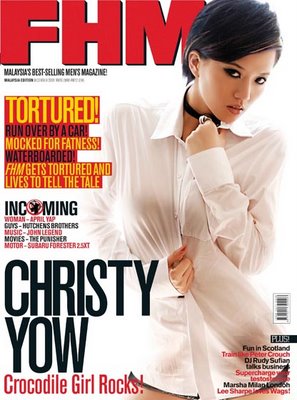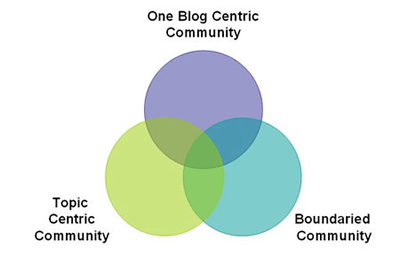The Revolution of Blogging
Helmond (2007) has reported an interesting viewpoint on the size of blogosphere. She seems to think that Technorati has failed to record an accurate number of blogs over the world. This is because The China Internet Network Information Center counted 72.82 million Chinese blogs whereas Technorati, as pointed out in her article, only tracked 112.8 million blogs worldwide. Hence, it could be argued that blogs are growing so fast that the indexing engines and ping devices could not detect the precise figure anymore.
So what is the trend in blogging? According to a survey done by a full time blogger, Gaman, he found that 28% of Malaysian Top 50 bloggers write about personal stuff while 16% talk about politics and technology respectively. Some of the most influential blogs in Malaysia are KennySia, Screenshoots, SmashPop, TokKok and Alex Allied.
Furthermore, Microsoft discovered female (64%) is setting the blogging trend in Malaysia while IndiaTimes revealed that 76% the blogosphere is dominated by Indian bloggers. In European countries such as the United Kingdom, blogging is slowly gaining its momentum especially in the political scene. Based on a report, Sparrow pointed out that older members of the parliament are more passionate to blog than the younger ones.

Figure 1: Bloggers around the world in the year 2009.
Source: http://technorati.com/blogging/article/day-1-who-are-the-bloggers1/page-2/
Political type of blog is probably most prevalent in the United States because politicians are using it as a means to communicate with its voters. For instance, Blog for America (it later changed to Democracy for America) has successfully demonstrated the use of political blog to facilitate online grassroots campaigning during Howard Dean’s presidential campaign (Kerbel & Bloom 2005).

Figure 2: Example of political blog in the US.
Source: http://www.democracyforamerica.com/
Because blog software has simplified the process of online publishing, it has become an international phenomenon that contributes to the rise of citizen journalism (Pedley 2005). News blogs are beneficial in acting as a watchdog for media by providing wider information that is previously not available to the public.
Moreover, blogs can connect people through its interactive nature. With comment sections available on each post, we can voice out our opinions and improve communication. This parallels to the suggestion by Graber, McQuail & Norris (1998, p. 3) on upholding democracy where ‘communication should be open so that all… interests enjoy an opportunity to advance their causes, regardless of their popularity views’.
Reference
Graber, D, McQuail, D & Norris, P 1998, ‘Introduction: Political Communication in a Democracy’ in The Politics of News, the News of Politics, eds Graber, D, McQuail, D & Norris, P, Congressional Quarterly, Washington.
Helmond, A 2008, How many blogs are there? Is someone still counting?, viewed 18 November 2009, <http://www.blogherald.com/2008/02/11/how-many-blogs-are-there-is-someone-still-counting/>.
Kerbel, MR & Bloom, JD 2005, ‘Blog for America and Civic Involvement’, The Harvard International Journal of Press/Politics, vol. 10, no. 4, pp. 3 – 27.
Pedley, P 2005, ‘International phenomenon? Amateur journalism? Legal minefield?: Why informational professionals cannot afford to ignore weblog’, Business Information Review, vol. 22, no. 2, pp. 95 – 100.














